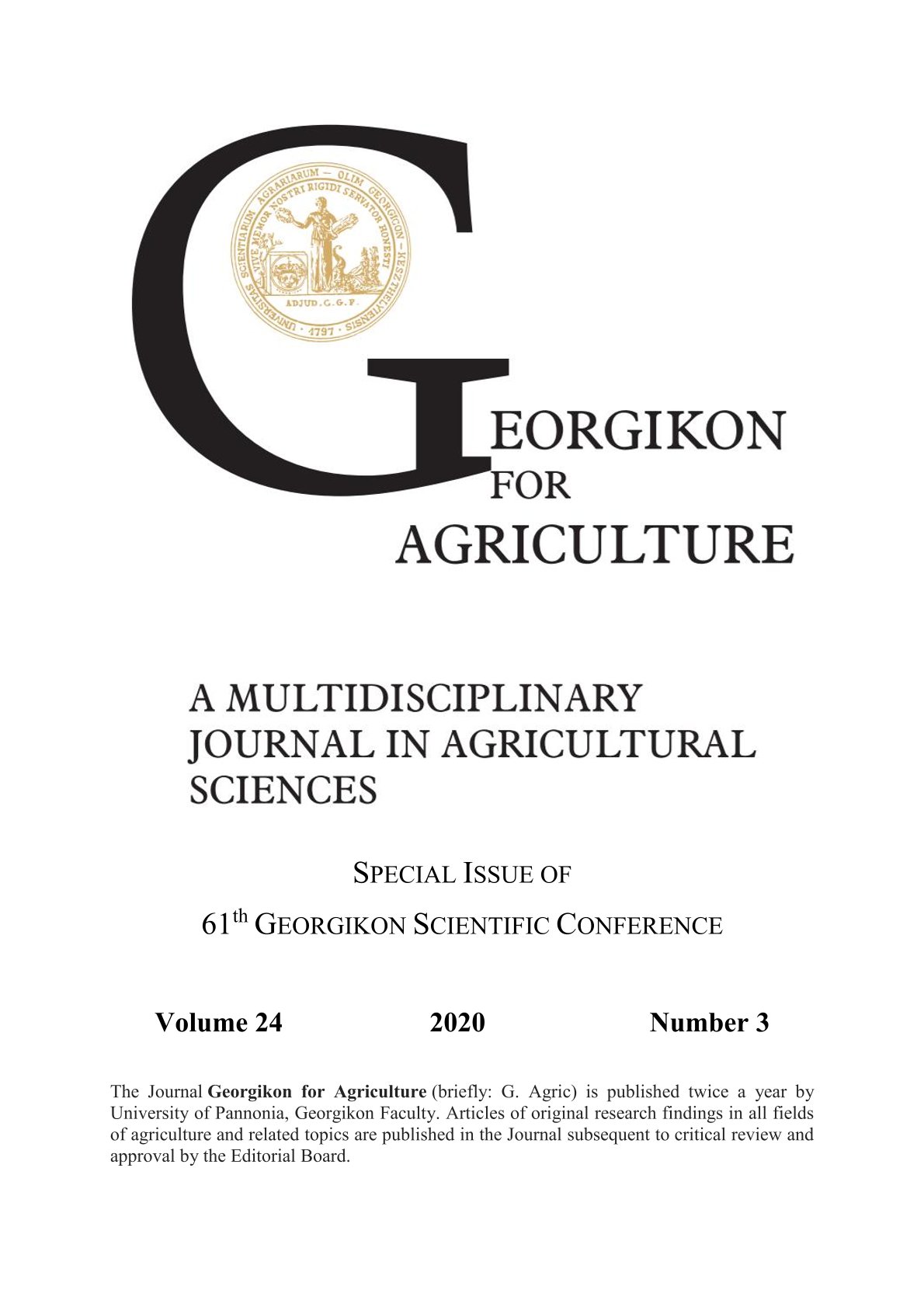Increasing the efficiency of a hybrid solarwind power plant
Keywords:
hybrid solar-wind power plant, renewable energy, relay load control, solar power plantAbstract
This paper describes the process of transformation of solar energy into electricity and all related processes. It was found that some part of the energy is not used when the battery is fully charged. The hypothesis was presented that if we do not stop operation of the plant after the full charge of batteries with excess natural energy and direct it to permanently included power consumers that are available at each average enterprise it is possible to significantly increase the efficiency of using natural energy in the solar power plant. In view of the above, the aim of the research work is to develop and construct a load control relay to improve the efficiency of the use of mini-power plants of renewable energy. In order to achieve the goal of the research work the following tasks were set: to study the principles of operation of modern low-power units; to formulate the main changes in the algorithms of power plant operation control; to develop a structural scheme of power plant increased efficiency; to construct the device, to write a program for it. Based on the data obtained and the prototype constructed, the results and given conclusions about the efficiency.
References
Birkner, Z., Máhr, T., Rodek, N. 2017. Changes in Responsibilities and Tasks of Universities in Regional Innovation Ecosystems, Our Economy, 62(2). 15–21. https://doi.org/10.1515/ngoe-2017-0008
Chivenkov, A. I. 2013. Expansion of the functionality of the voltage inverter systems for integration of renewable energy sources and industrial network // Engineering Bulletin of Don. Т. 24. 1(24). 101–104.
Evseev, F. A. 2012. Physical principle of solar panels operation. - Ugra State University Khanty-Mansiysk, Russia. 31–32.
Gurevich, V. 2017. Microprocessor protection relays: device, problems, and perspectives. - Litres,. 25–26.
Kashkarov, A. 2017. Wind turbines, solar panels and other useful structures. – Litres. 87–88.
Krivchenko, I., Ryzhakov, A. 2010. Advanced AVR microcontrollers by Atmel. 13–14.
Németh, K., Péter, E., Szabó, P., Pintér, G. 2018. Renewable energy alternatives in Central and Eastern European Countries – through the example of Hungary, Georgikon for Agriculture: A multidisciplinary journal in agricultural sciences 24(3). 76. p.
Shahnovich, I. 2006. ACP architecture, principes, components // Electronics: Science, technology, business. №. 4. 18–22.
Vinnikov, A. V., Denisenko, E. A., Dolbenko, D. V. 2015. The choice of solar photovoltaic station // Polythematic network electronic scientific journal of the Kuban State Agrarian University. - – №. 108. 51–52.
Yalanskiy, O. A. 2012. Microcontrollers MCS-51: overview, market analysis and prospects. 66.
Downloads
Published
Issue
Section
License
Copyright (c) 2020 Nursultan Zhakupov, Zhumabai Nurbek, Anatoliy Manukovskiy, Pintér Gábor

This work is licensed under a Creative Commons Attribution-NonCommercial-NoDerivatives 4.0 International License.
Cikkre a Creative Commons 4.0 standard licenc alábbi típusa vonatkozik: CC-BY-NC-ND-4.0. Ennek értelmében a mű szabadon másolható, terjeszthető, bemutatható és előadható, azonban nem használható fel kereskedelmi célokra (NC), továbbá nem módosítható és nem készíthető belőle átdolgozás, származékos mű (ND). A licenc alapján a szerző vagy a jogosult által meghatározott módon fel kell tüntetni a szerző nevét és a szerzői mű címét (BY).




